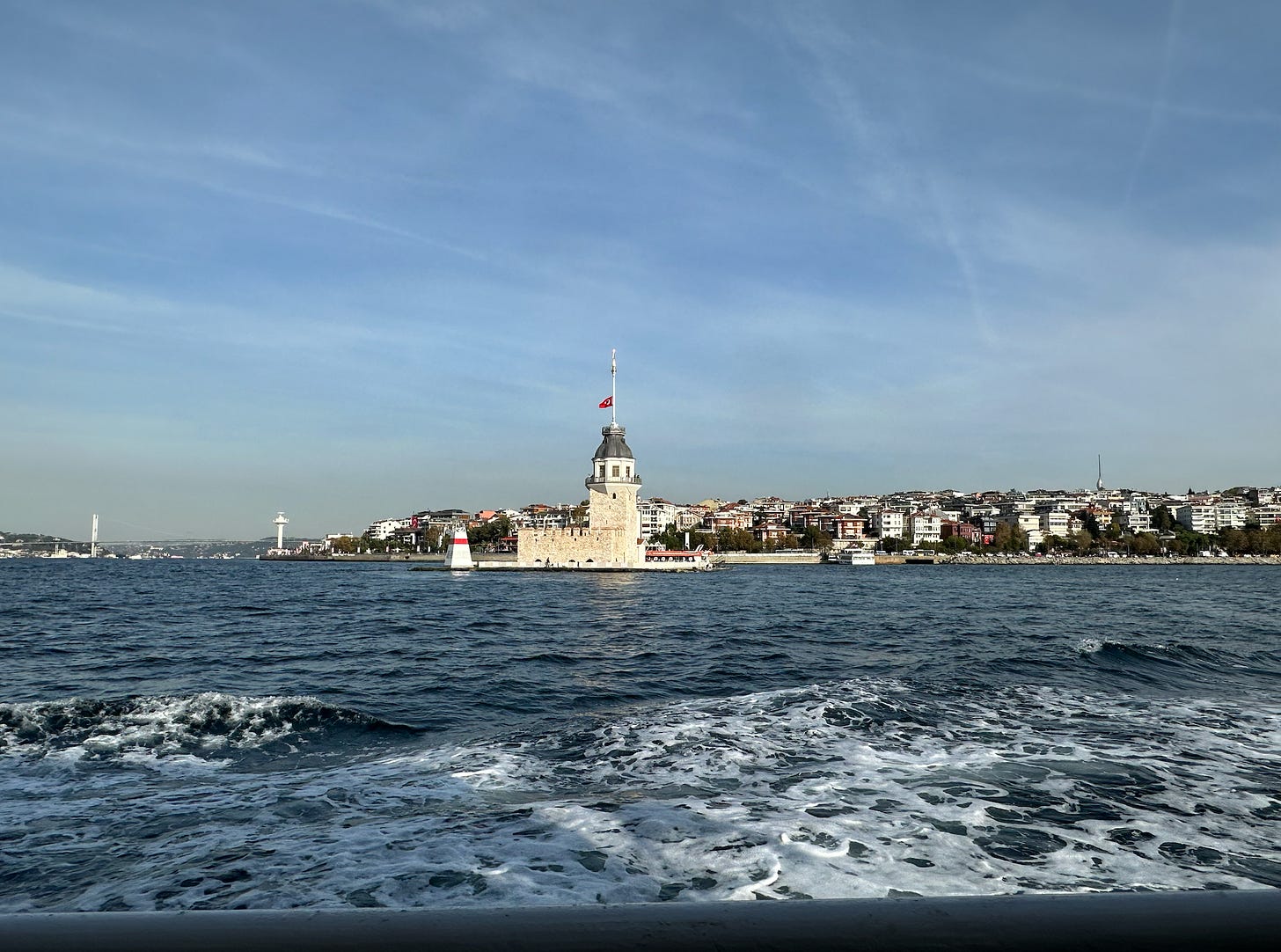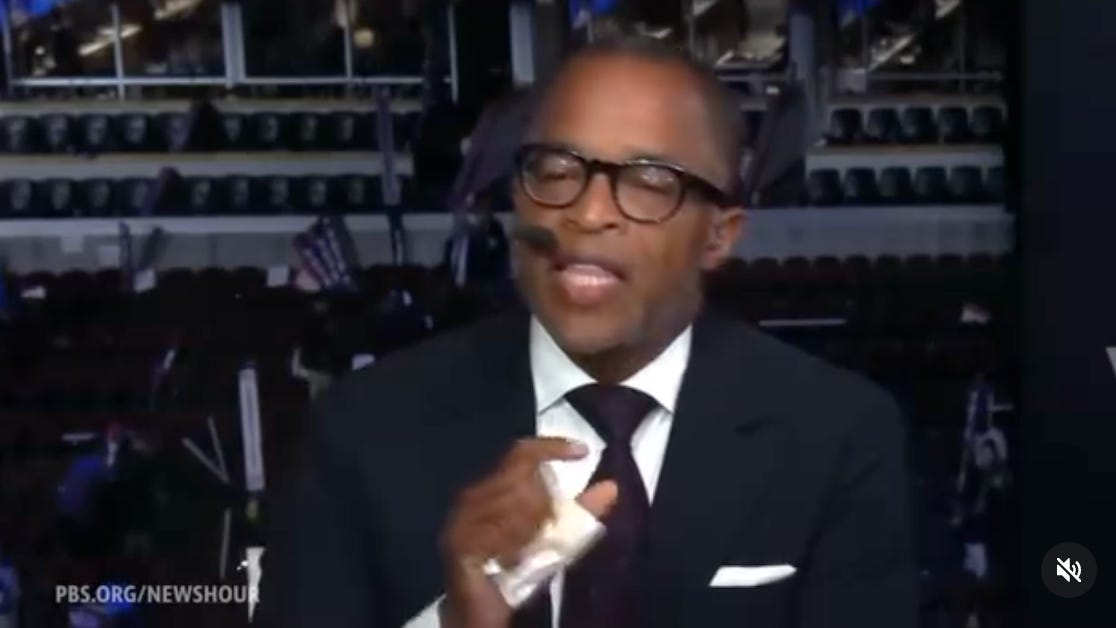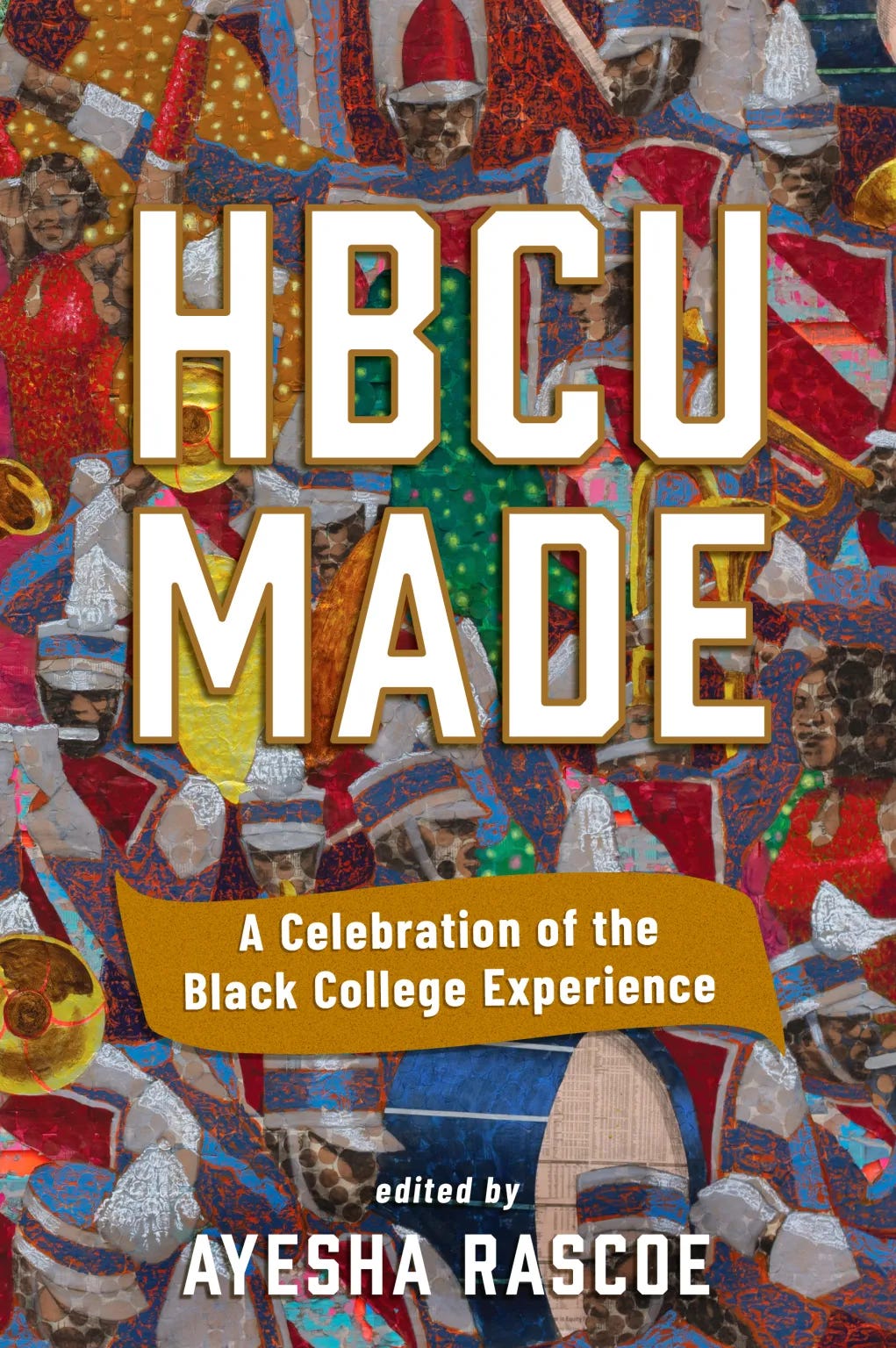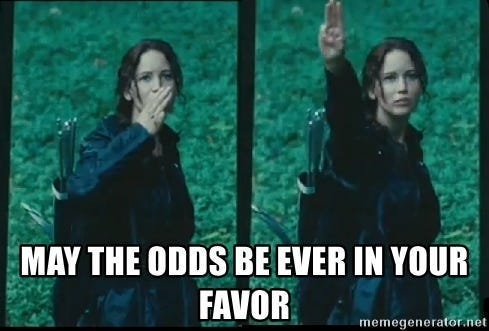Seeing People When Writing for Them, Summer Camp Overseas, and HBCU Made
This week we are talking about the power of multidimensional communication and love letters to the Black community
Once, while at a bank in Turkey, I walked up to the teller and explained in fluent Turkish that I had lost my bank card and needed a new one. He narrowed his eyes, appearing to listen intently as I spoke. But before I could finish, he shook his head, saying in Turkish that he didn’t speak English and would find someone who could communicate with me. I tried to stop him—“Aren’t you listening? I’m speaking Turkish,” I insisted. But he left his window to find an English speaker.
That wasn’t the first or last time something like that happened to me in Turkey. And the truth is, I know why. Many people struggle to see beyond a single dimension of a person. For me, in Turkey, that dimension was my Blackness. It was so foreign to many that when they encountered me, they couldn’t comprehend me—not because I wasn’t speaking their language, but because their minds couldn’t move past that initial layer of who they perceived me to be.
But I know this isn’t just a challenge Turkish people face— not trying to call anyone out. I recently read an article in a women’s publication (which I usually like, so I won’t name) and thought, “Wow, this feels like it was written about women but not to them,” meaning the piece was insultingly flattening. In many instances, I’ve seen how people struggle to see beyond the surface of others, which limits their ability to communicate, design products, or write effectively for different audiences. They reduce people to their race, age, gender, or profession.
As I’ve been freelancing, writing for various audiences, and now consulting (YAY!) with different organizations, I’ve become more intentional about this. I’m actively working to connect with people on multiple levels and trying to reach audiences in more nuanced ways.
For example, I worked on a project for a nonprofit that wanted to broaden its audience and get more Americans, especially those outside of Washington, D.C., to care about the war in Ukraine. It was a tough sell for many reasons. Foreign policy isn’t always at the forefront of most Americans’ minds, let alone adding the complexities of Ukraine’s most recent offensive against Russia.
As a child of immigrants and a former diplomat, I understand the urgency. Concepts like democracy and human rights aren’t abstract to me. I’ve lived in monarchies where protesting is essentially a death sentence. I’ve lived in quasi-democracies where people can vote, but publishing the wrong thing can land you in jail. And I’ve lived in America, where someone can throw shoes at the president and still be praised. So when you tell me we should support the fight against the spread of autocracy, I’m sold.
But I’ve recently learned that for many, terms like “democracy” can seem nebulous. The idea of getting involved in foreign wars is far from appealing. Why should a Black, middle-class mother in Texas prioritize tax dollars for a war in Ukraine when her child’s local schools are underfunded, and potholes on her roads haven’t been filled? Sure, policy snobs will point out that different levels of government handle those issues, but for most people, government is government, and taxes are taxes.
The practice of designing multidimensional messaging means seeing people. It means recognizing that while I’m a Black woman, I’m also a mother, a business owner, someone who enjoys cooking, traveling, speaking multiple languages, and listening to both Megan Thee Stallion and Creed. It’s about understanding where shared values lie and crafting your story from that foundation.
In this case, considering the audience and working through the exercise of seeing them multidimensionally took the message “We should care about Ukraine’s fight for democracy” and transformed it into, “The sons and daughters of Ukraine place their prayers for justice and freedom in your hands.” It speaks to mothers, believers, and those who value justice, freedom, and empowerment. It’s a more powerful message because it sees people and speaks to them directly.
During the DNC, a commentator was brought to tears by Michelle Obama’s words when she spoke about how, for many minorities, there’s no luxury to fail forward. In that moment, he felt seen—truly seen. Her message pierced through the noise and connected with the core of his experience. It’s a powerful, emotional moment when someone speaks to the depths of who you are, not just what you appear to be. Whether you’re crafting a product, holding people accountable, or trying to change hearts and minds, you have to first see people.
This is something we could all practice more. In my experience, minority populations are often forced to see the many dimensions of the majority, learning to navigate a world that doesn’t always recognize their full humanity. The reverse, however, is rarer. When it does happen—when someone who is often overlooked finally feels seen for who they are in all their complexity—it hits deep. It’s more than validation; it’s a moment of connection that can shake you to your core. It takes more effort, but imagine how much more meaningful our conversations, our writing, and our messages would be if we all took the time to truly see each other—not just the surface, but the layers of who we are.
Summer Camp in the USA
You know, I’ve been reflecting a lot on how we live and how many more options we have than we realize. One thing that really stood out to me after living in Spain is how different summer camps are there compared to the U.S.
For about a third of the cost, my kids (2 and 4 at the time) were swimming, playing tennis, and even learning Andalusian Spanish. Oh, and they had a chef! It was such a different experience, and it made me think: why don’t more families consider these options? It’s affordable, doable, and gives kids a whole new world to experience.
I’m not saying I’ve figured it all out, but I’ve learned some things along the way that might help other families think differently about summer and maybe even life in general.
What I’m Reading - HBCU Made
I’m clearly a terrible friend because I should have read this book as soon as it came out. I had every intention to, especially since the author is a good friend of mine, but this summer was wild. However, I finally got around to reading HBCU Made and honestly, I love it—not just because the author is a friend.
To be honest, I didn’t initially see myself as the target audience since I didn’t attend an HBCU and wasn’t planning on going back to school anytime soon. But after picking up the book, I realized that its audience is much broader than I expected. It’s a love letter to the Black community, filled with stories about what it means to finally be in a space where you can show up as your full, authentic self.
I loved Ayesha’s story, but I also found the other essays equally powerful. For example, Roy Wood Jr.’s story about getting a second chance after making a mistake because he was surrounded by a community that wouldn’t reduce him to that mistake. Or Lauren F. Ellis’ essay about being in a place where she no longer had to give the “Black perspective” because everyone else already had it covered—forcing her to look deeper within herself to discover what else she had to offer the world.
The book is truly about Black people being able to explore and experience the many dimensions of themselves in an environment where their first or second layers aren’t the only ones people see. It’s touching, and I can’t help but feel a little salty that I missed out on that experience in some ways. But hey, there’s always the possibility of a PhD, right? LOL.
Subscribe and Share
I hope you found this newsletter helpful and engaging. Please share with any friends or family you think would be interested and feel free to buy me a coffee by subscribing if you got some use out of it.
Follow me on Instagram too!






I love this! It is SO hard to raise a family in America, especially in the summers. Even now, when I finally have a daughter in public schools and thought I would be saving money, there are SO many school closures I'm essentially paying the cost of a daycare in camps and day programs. In October and November alone there are 10 school closures, 8 of which are not federal holidays, plus two early dismissals. How are working parents supposed to survive??